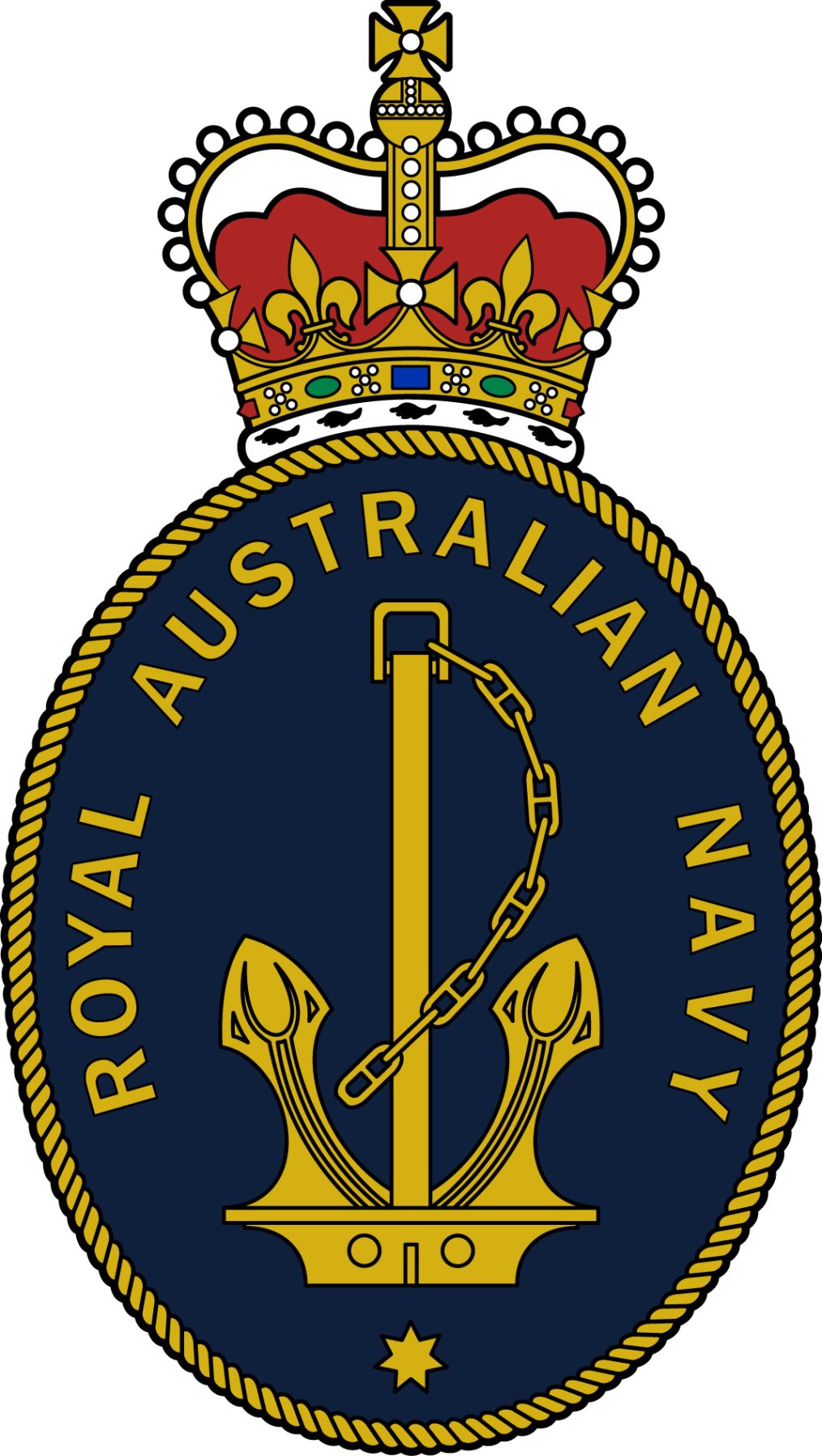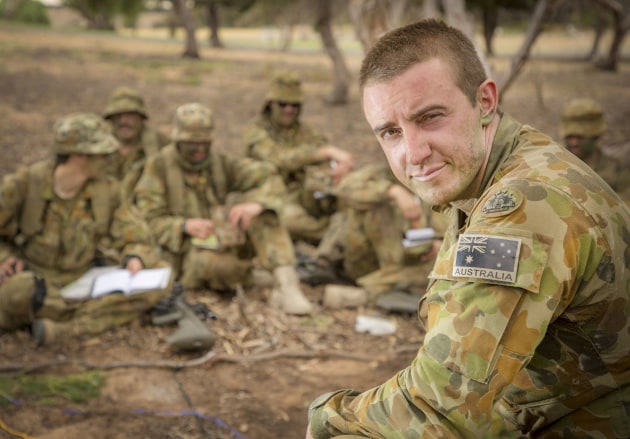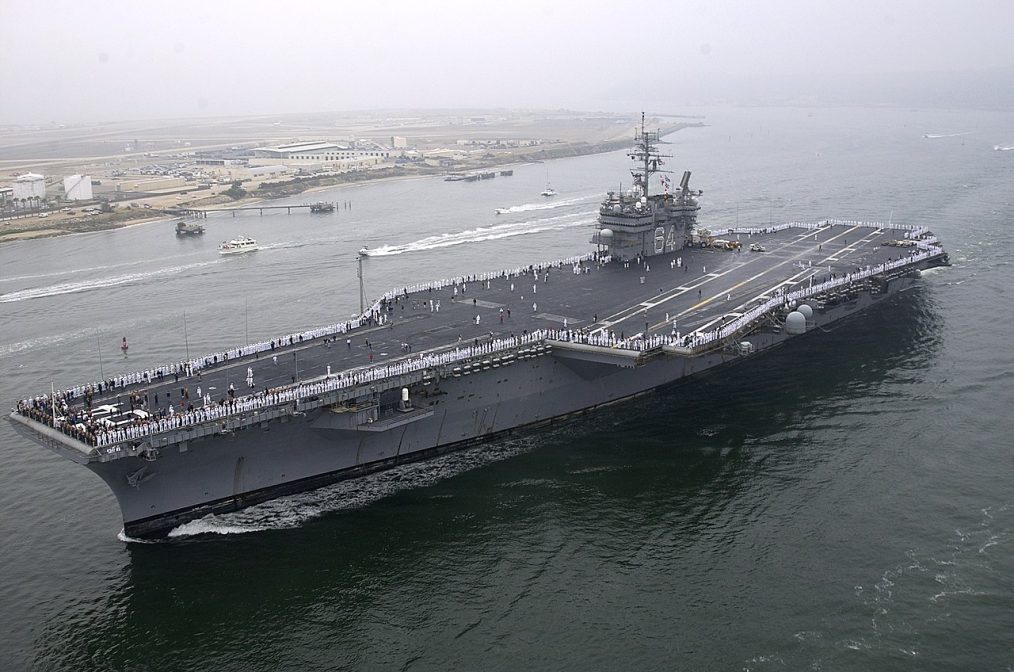In a significant move set to reshape the Royal Australian Navy (RAN), plans are underway to more than double the size of its surface fleet. This initiative stems from an independent analysis commissioned in response to the Defence Strategic Review.
Defence Minister Richard Marles and Defence Industry Minister Pat Conroy have highlighted the urgency emphasized in the independent analysis. It pointed out that the current surface combatant fleet is the oldest in the Navy’s history, necessitating immediate action to enhance capabilities in air defence, long-range strike, presence, and anti-submarine warfare.
Addressing these concerns, the future surface combatant fleet of the Navy is slated for substantial expansion, reaching a total of 26 major surface combatants. This fleet composition will include:
- Three Hobart Class air warfare destroyers, boasting upgraded air defence and strike capabilities.
- Six Hunter Class frigates, aimed at bolstering undersea warfare and strike capabilities.
- Eleven new general-purpose frigates, designed to offer maritime and land strike, air defence, and escort capabilities.
- Six new large optionally crewed surface vessels (LOSVs), significantly enhancing the Navy’s long-range strike capacity.
- Decommissioning two of the oldest ships among the remaining six Anzac Class frigates, in accordance with their planned service life.
Minister Richard Marles emphasized, “The enhanced lethality of the surface combatant fleet will ensure that the Navy is optimized for operations in both current and future environments. This optimization is underpinned by the thorough assessment conducted by the independent analysis team.”













